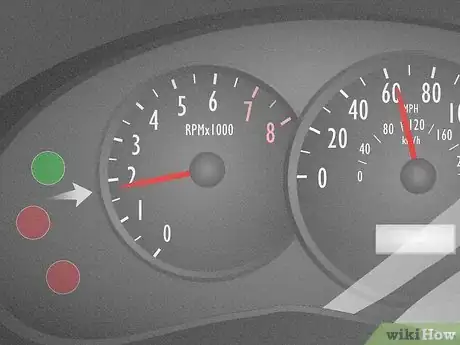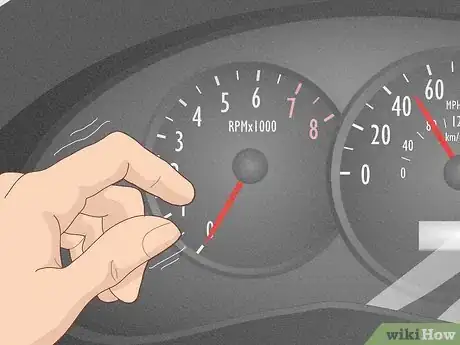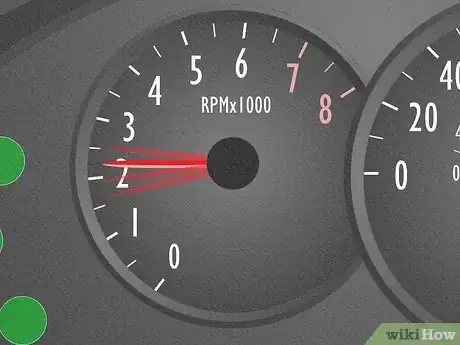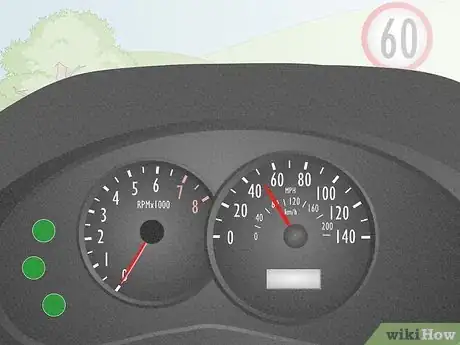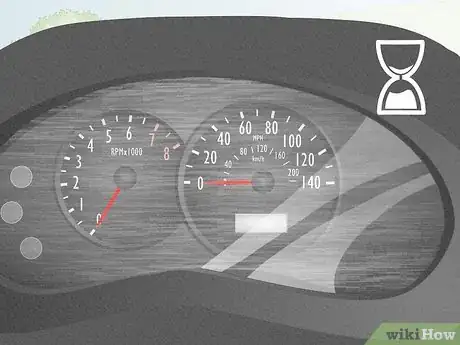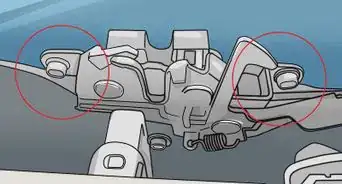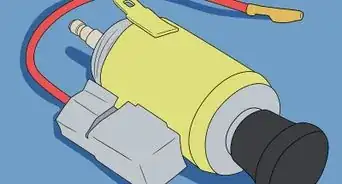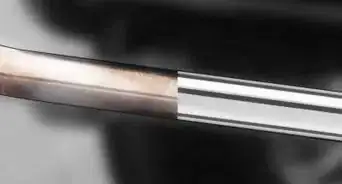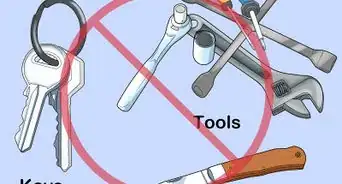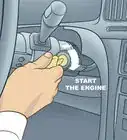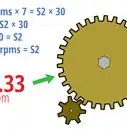This article was co-authored by Audra Fordin. Audra Fordin is a Certified Automotive Technician, the Founder of Women Auto Know, and the Owner of Great Bear Auto Repair in Flushing, New York. With more than 38 years of experience, she has intensive knowledge about foreign and domestic auto repairs. Audra has been featured on numerous news and talk shows such as The Today Show, Inside Edition, and Anderson Cooper.
There are 7 references cited in this article, which can be found at the bottom of the page.
This article has been viewed 31,935 times.
If something seems off with the gauges on your car, motorcycle, or boat, checking the tachometer, which measures the engine's revolutions per minute, is a great first step. This wikiHow article will walk you through reading and testing your tachometer to help determine your vehicle's issue.
Steps
How do I know if my tachometer is bad?
-
1Check to see if the tachometer moves before looking for other problems. One obvious issue is if your tachometer is stuck on zero or any other number. If it doesn’t give any other rating even when your engine is running, it’s not working.[2]
-
2Monitor whether the needle seems to be moving erratically. If you’re moving at a steady speed, the needle shouldn’t be jumping around (or the digital display shouldn’t be changing rapidly). If it is, it’s a sign the tachometer is bad.[3]
-
3Notice if the RPMs seem to be consistently off when you are driving. For example, if you are moving at a fast speed in your boat, but the tachometer is showing a 1, it’s probably not working.[4]
- A low number like a 1 or 1.3 on an analog or digital display can indicate a problem with the tachometer.
How do you test to confirm a good signal?
-
1Use a handheld tachometer to test your engine’s tachometer. You can purchase one of these at an automotive or boat parts store, or find one online.[6]
- Follow the directions in the manual for the handheld tachometer to it attach to your engine. Turn on your motor and rev your engine so that it reads 1,000 RPM on the handheld device.
- If your engine tachometer is within 10% of the same reading as the handheld device, your tachometer works fine. If it’s outside of that range, you need to call a mechanic or try to troubleshoot the problem yourself.
-
2Test the tachometer using a multimeter. Make sure you have a basic multimeter (available online and at auto parts stores) and your car/boat manual available. Use the manual to help you find the wire that connects the engine to the tachometer.[7]
- Locate the tachometer probe (again, consult your manual) and insert it into the multimeter. Rev your engine. If the tachometer reading and the multimeter reading match (or are within 10% of one another), it's working properly.[8] If not, it's time to troubleshoot.
- If you have absolutely no idea what you're doing, call a friend for help or contact a mechanic. It's okay to not know!
- It's also possible that the tachometer isn't the problem. If it tests okay, let the mechanic know you've already checked out that possibility. Describe the problem to them so that they can check your car or boat for other issues.
References
- ↑ https://www.sciencedirect.com/topics/engineering/tachometer
- ↑ https://justalittlefurther.com/just-a-little-further/the-blue-view/the-blue-view-troubleshooting-engine-tachometers
- ↑ https://justalittlefurther.com/just-a-little-further/the-blue-view/the-blue-view-troubleshooting-engine-tachometers
- ↑ https://justalittlefurther.com/just-a-little-further/the-blue-view/the-blue-view-troubleshooting-engine-tachometers
- ↑ https://www.hansmaautomotive.com/tips/2017/12/5/car-tachometer-problems-and-fixes
- ↑ https://goneoutdoors.com/troubleshoot-white-smoke-exhaust-outboard-12196559.html
- ↑ https://repairart.net/how-to-test-a-tachometer-with-a-multimeter
- ↑ Audra Fordin. Certified Automotive Technician. Expert Interview. 13 January 2022.
- ↑ https://www.yourmechanic.com/article/how-to-check-rpm-by-jason-unrau
